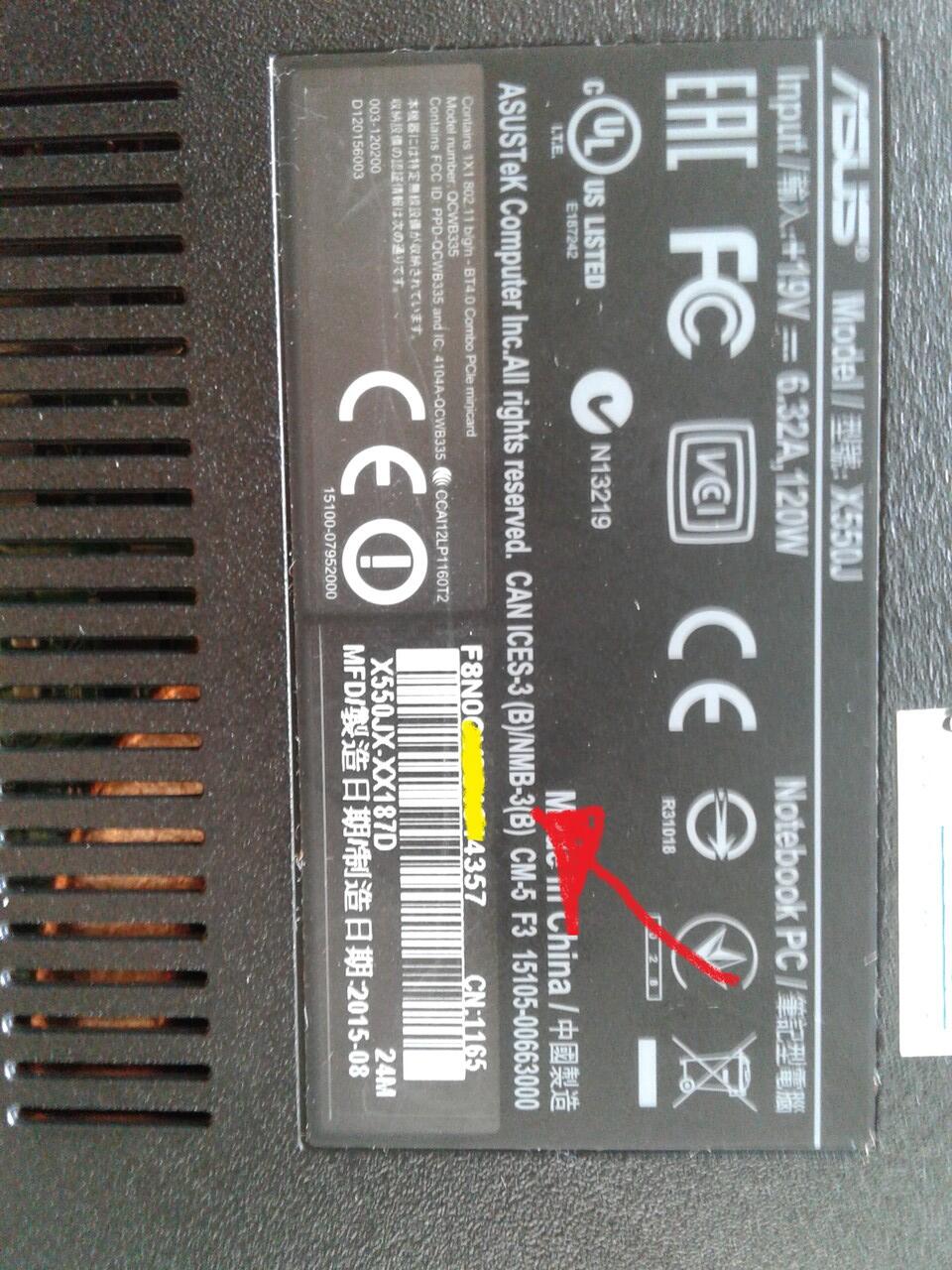
if only on dc in then probably won't matter * when the wireless module turns on or wakes up from sleep it will consume a bunch of energy so it wouldn't hurt to have a capacitor by the input of that 3.3v ldo, maybe 100.150uF 6.3v/10v polymer? It would help if this is battery powered. * any particular reason why you're defaulting to so thin traces? Thicken them, especially Vin, Vout traces, ground. If you'll have 100+ mA to 3.3v ldo, make that 5v trace thicker. * see my above comment about some 1117 regulators requiring some ESR on the output. the 1117 regulators may oscillate otherwise (cause random instability). and again you have the default thin traces. thicken them you have plenty of space on pcb. * may not be a good idea to have active components UNDER the area where your wifi is. noise could affect the antenna (worse reception or transmission).

In a previous post, we focused on making a simple active amplifier using the TI LM386 op amp.Īnd move that other header closer to serial header * seems like you could rotate 90 degrees that drv8225 header and move it near the USB ASP header. We’ll be continuing from the end schematic of that tutorial, then walking through the process to create a finished PCB layout in Altium Designer®. This layout contains an LM358 op-amp circuit that runs at audio frequencies, as well as a number of other components. The component count is low enough, and the frequency range is low enough that we can place all the components on a single layer. The finished version of our PCB layout will look something like this: A preview of what our final PCB layout file will look like. Our LM358 Op-amp Circuit Schematicīelow is the schematic we’ll use to get started on our PCB layout, but with one minor correction: the speaker designator has been updated to SP1. In the image below, we’ve already added the schematic to a new PCB project, and we’re now ready to add a blank PCB into the project to get started on the layout. Now that the schematic is finalized, you’ll want to add it to a new PCB project and create a blank PCB layout. Go to the Navigator panel, right-click the PCB project file, and select Add New to Project ⟶ PCB. After opening the new file, you should see a blank PCB document: A blank board in the PCB Editor window.Īt this point, I usually like to turn off the ‘automatic room generator’ option before importing components into a new PCB. This will get rid of the predefined red box that you’ll see after you import components into a new PCB file. Note that this is not required, but it does make things easier if you don’t feel like having components grouped into rooms while creating your layout. To turn off this option, navigate to Project ⟶ Project Options ⟶ Class Generation then unselect Generate Rooms.

Once you’ve saved your project with the new PCB file, and there will be no other changes to your schematics, you’re ready to import your components.

After the PCB manufacturer project is saved, navigate to Design ⟶ Import Changes from. prjPCB. You’ll see the Engineering Change Order screen, which will allow you to select which components you want to import into the PCB layout: The Engineering Change Order screen is where you select which components to import from the schematic into your blank PCB document. If your PCB layout currently doesn’t contain any components and you just want to import everything, simply select Execute Changes, then Close. For more complex projects, you might want to click through different groups of components to import so that you can work through different sections of your PCB layout. Otherwise, you can just select everything, and your components will be placed in the lower right area of your PCB document: PCB layout with imported components. Arranging Componentsįrom here, you can simply drag the selection box over all the components and drag them anywhere in your circuit board space. The initial placement of components isn’t so critical you’ll be moving them around so that you can easily route traces around the board. Show nets: One easy way to see which connections will be routed together with traces is to show nets in the PCB Editor.There are two helpful features that will help you quickly arrange components in the board as you create your PCB layout: You can start rearranging each component following the routing guidelines as best as you can until you reach a placement configuration you think will work. The nets appear as white lines running between different pads on your PCB footprints. Component rotation: A feature that saves me a lot of time is a shortcut for component rotation.In the PCB Editor window, hit the N key and select Show Connections ⟶ All to show nets.


 0 kommentar(er)
0 kommentar(er)
